Mrs Sciencebase and myself were celebrating a significant wedding anniversary last week and so took a trip to Dorset. I didn’t carry a proper landscape lens with my birding camera, so these are just a load of highly processed phone snaps.
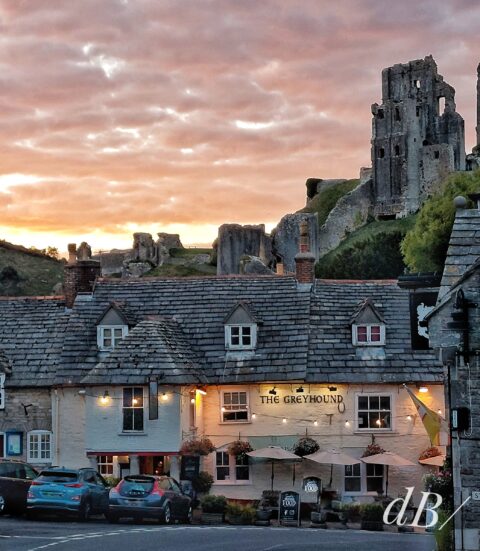
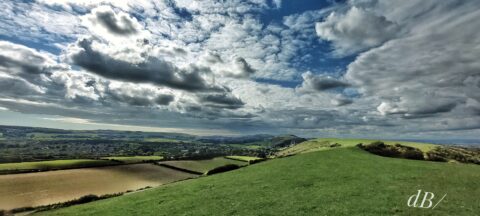

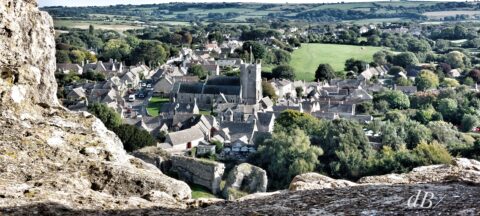
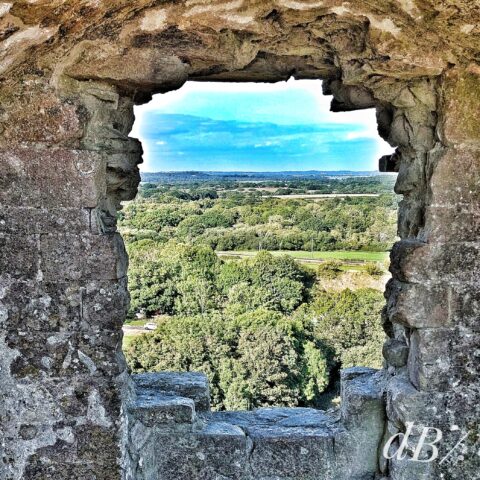
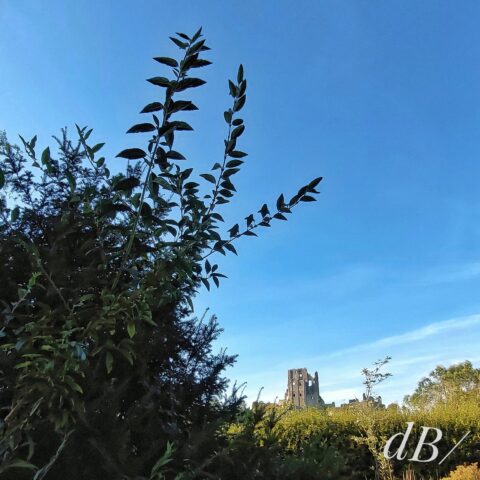
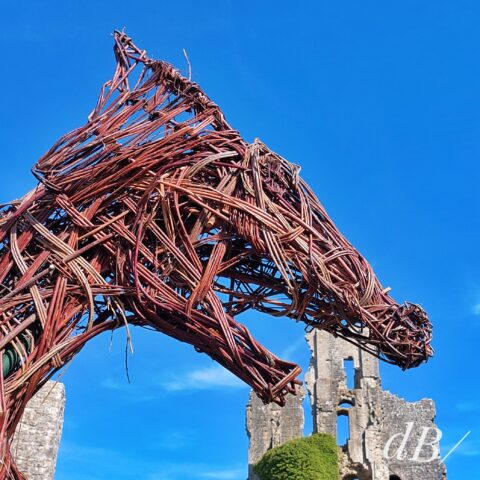
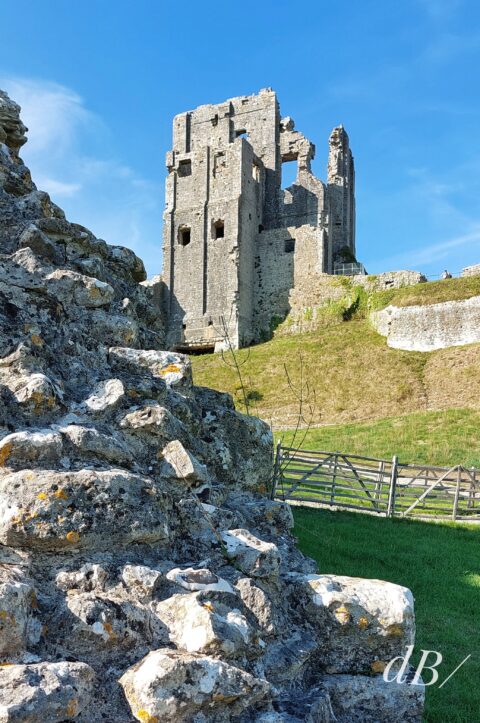

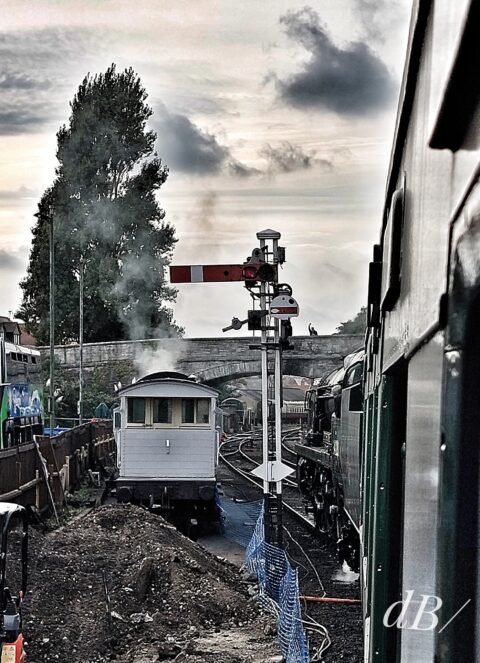


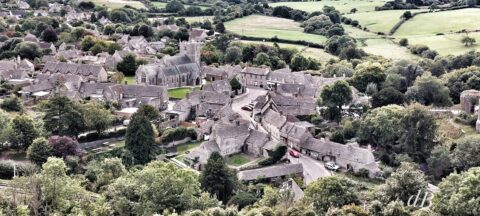
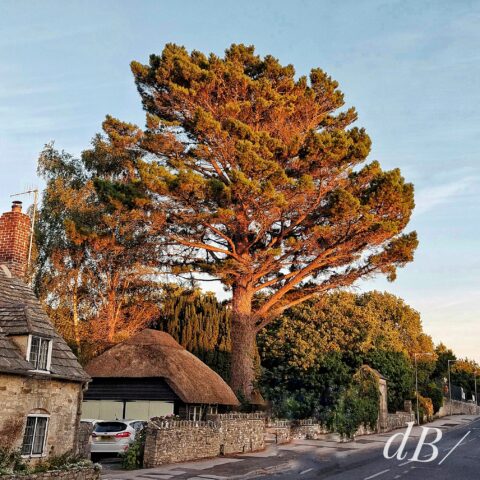
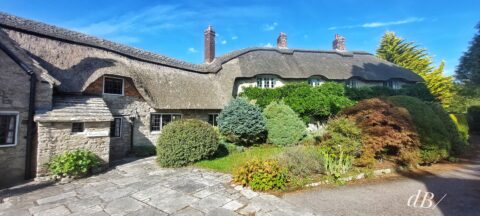
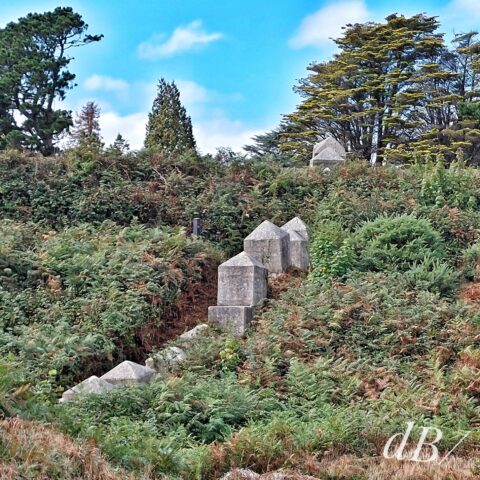
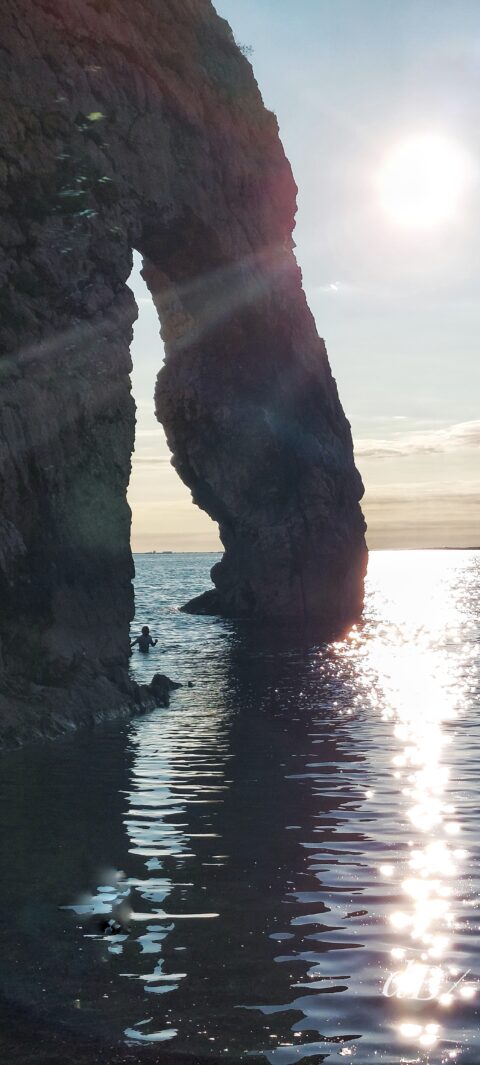
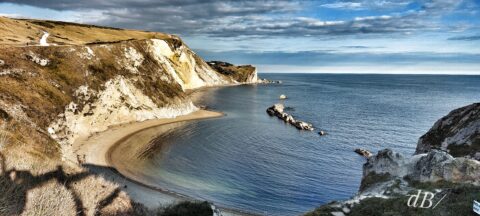


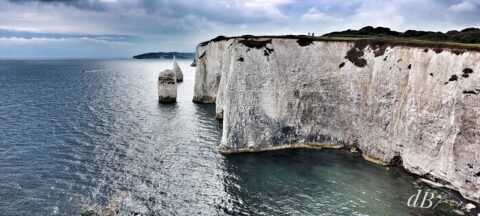
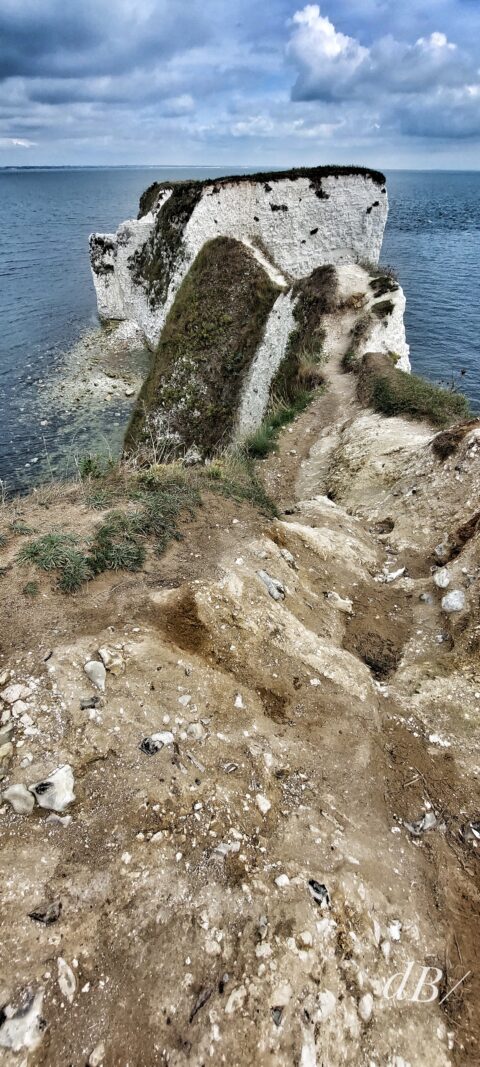

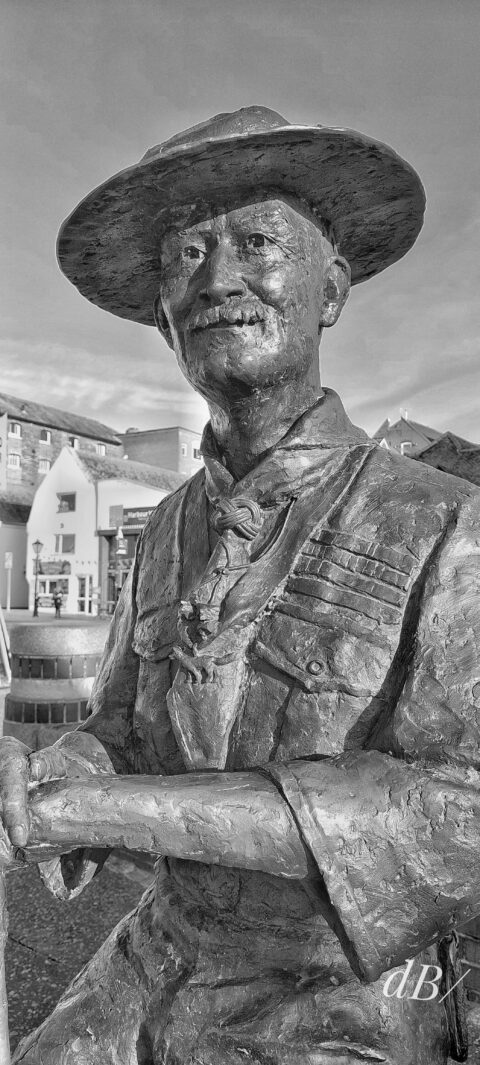
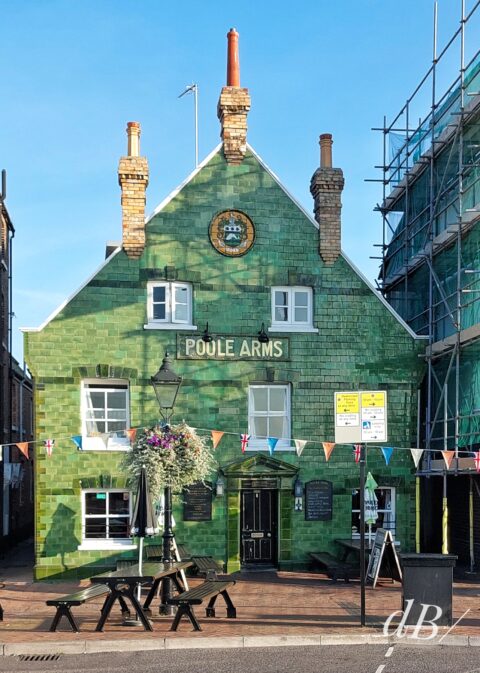

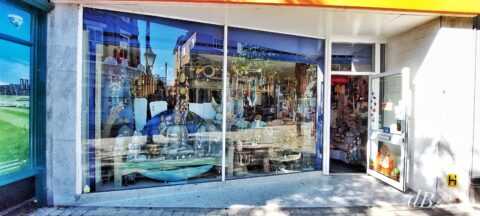

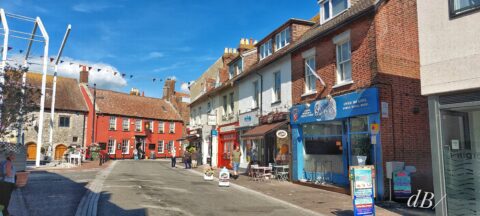


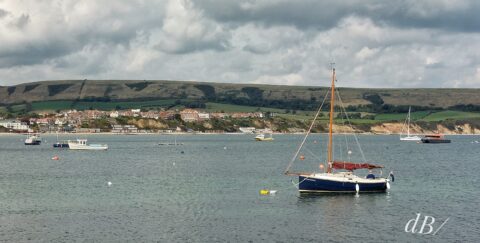


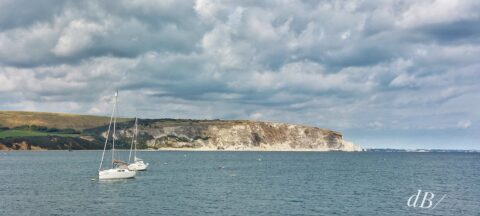


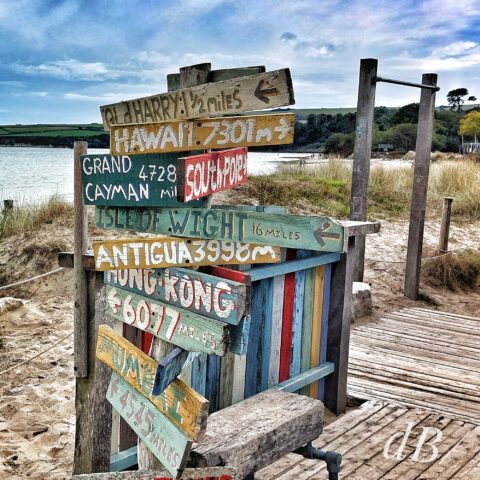
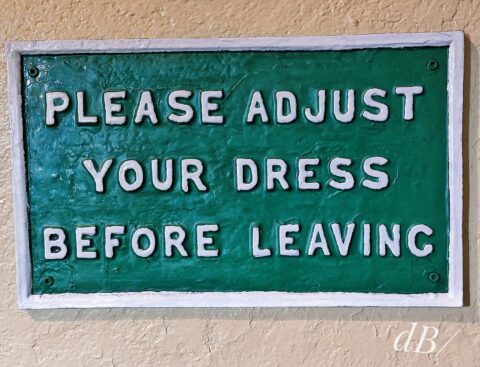
36.2055 years in science communication
News and views about photography, cameras, social media, as well as pointers to Dave Bradley’s photographic output. You can also find me on Imaging Storm, Instagram and Flickr as “sciencebase”
Mrs Sciencebase and myself were celebrating a significant wedding anniversary last week and so took a trip to Dorset. I didn’t carry a proper landscape lens with my birding camera, so these are just a load of highly processed phone snaps.







































My very good friend Vicki who is a fellow birder, former moth-er, and archaeology enthusiast, suggested I write about photographing wildlife for my next column in our village newsletter. So, putting proverbial pen to paper while inspiration struck, here’s what I came up with in fifteen minutes…
What’s the one thing you definitely need to get a decent wildlife photograph? There are myriad answers that come to mind – an expensive camera, a big zoom lens, a portable hide and a Ghillie suit, a fancy tripod and a Bluetooth shutter release app? Those things might help and you could always put them on your Christmas wishlist, of course. But, probably the most important thing to have is a good supply of patience.
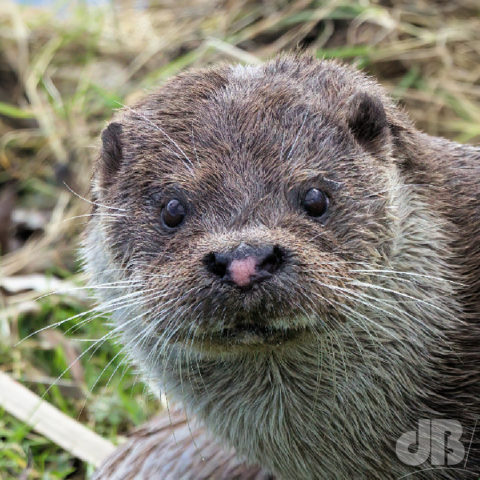
Now, I am not saying I’ve got plenty of that or even that I take decent wildlife photographs, but certainly you can have the most sophisticated (for which generally read: expensive) photographic equipment but if you don’t have a little patience, then it’ll be down to pure luck that you get the shot you hoped for, the one that might win prizes or find a place in a charity calendar, for instance.
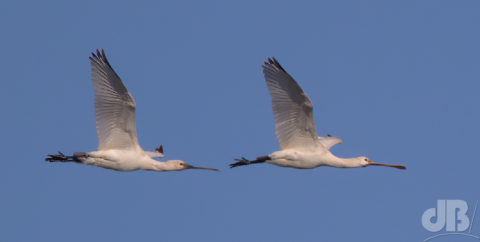
Occasionally, you might stumble across a sight for sore eyes, such as a kingfisher, a little egret, and a great white egret all feeding on the same patch of the Cottenham Lode, or a grey heron gulping down a whole water vole*, or an otter grooming itself on the bank of the Great River Ouse. You might spot a rare bird of prey, such as a Montagu’s Harrier quartering farmland or even stumble across a congregation of more than 80 common buzzards drawn to a field near Soham at the end of August when the farmer was moving haybails and disturbing countless tasty rodents. Such is life that to get those decent wildlife shots you need luck more than patience and to be in the right place, at the right time, as they say.
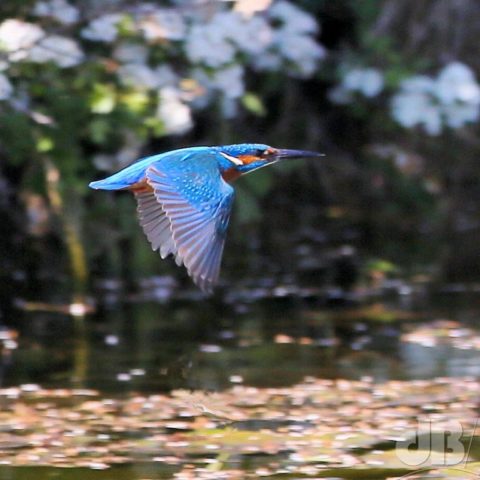
So, this worrying concept of patience…is there an app for that? Unfortunately not. Aside from the lucky find, if you’re hoping for a decent or even just a half-decent wildlife photograph, you’re going to have to spend quite a bit of time in the great outdoors. Keeping a keen eye on every tree, every hedgerow, every stream, and always with a weather eye to the sky for the airborne wildlife.
But, as we perhaps all learned, time in the great outdoors is a precious commodity, it can’t be replaced with a virtual reality headset, you simply don’t get the sun on your face, the mud on your boots, nor the wind in your hair [present company excepted, Ed.] Regardless of what kit you’re carrying whether high-end smart phone, a professional digital SLR with all the trimmings, or a more cheap and cheerful device, take some time, look around, and get a bit snap happy with the wildlife that’s out there.
If you want to judge whether my wildlife photos are half-decent check out my galleries on Imaging Storm or the Sciencebase Instagram.
*Incidentally, I saw the heron eating the vole but I was nowhere near quick enough to get my camera pointed at the bird and its lunch before the unfortunate mammal was gone.
The annual Cambridge Folk Festival was on hiatus thanks to the pandemic and so a lot of people had missed out on their musical fix at Cherry Hinton Hall for three years…us?

Mrs Sciencebase and myself had not been back since 1991 having attended three years on the trot from 1989 when I first went up to Cambridge (working, not as a student, haha). Mrs Sciencebase wasn’t Mrs at the time, and Sciencebase itself was still a few years away yet.

We were excited to see all the new bands and performers and checked the lineup: Clannad and Suzanne Vega among others…interesting…they were on last time we attended too! Both gave ripping performances this time around.

As did (in no particular order): The Young’uns, Spiers and Boden, Show of Hands, The Spooky Men’s Chorale, St Paul and the Broken Bones, Magpie Arc, Billy Bragg, The Gipsy Kings, Seasick Steve, Findlay, Passenger, Afro Celt Sound System, O’Hooley and Tidow, Chico Trujillo, Brooks Williams, Davina and The Vagabonds, N’Famady Kouyate, The Copper Family, VRï, Beans on Toast, Black Fen Folk Club, the “Irish pub”, Orchestra Baobab, Janice Burns & Jon Duran, Tapestri, Mishra…I may have missed a few of the acts we saw, will fill the gaps as and when. So many acts we missed…always the way with festivals.
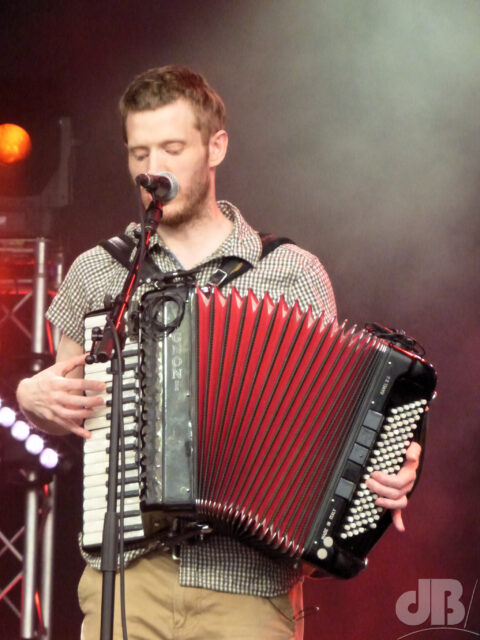
There were lots of highlights: meeting The Young’uns and Jon Boden, taking part in two singing workshops (with Nancy Kerr from Magpie Arc and The Spooky Men, as well as observing a melody workshop with John Spiers). Trying out some lovely (expensive) guitars, having a cajon jam with Adam from C5 the band, lots of surprise meet-ups with friends, and eating and drinking some lovely food and drink with Mrs Sciencebase and great weather (it poured and was cold last time). We camped from the Thursday night onwards, but had to decamp late Sunday evening. It was a relief to get home to have a shower, but I’d love to be back at another festival next week, and I’d take a guitar next time to sit in on some of the jams.
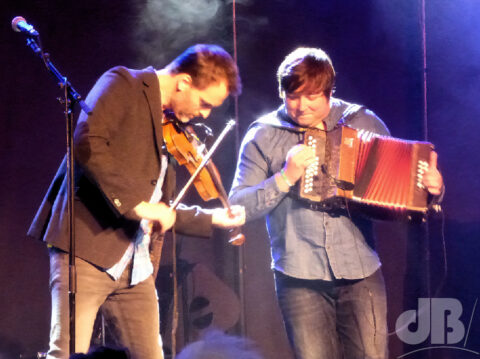


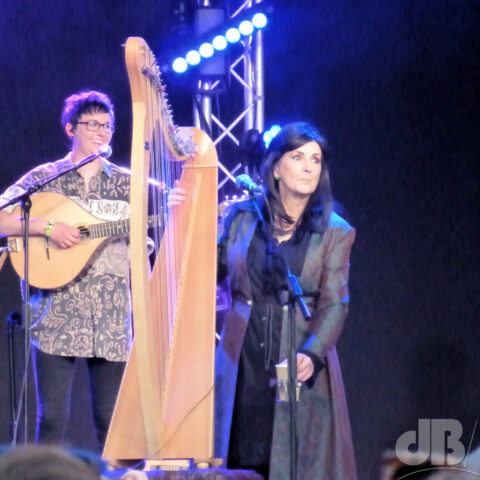
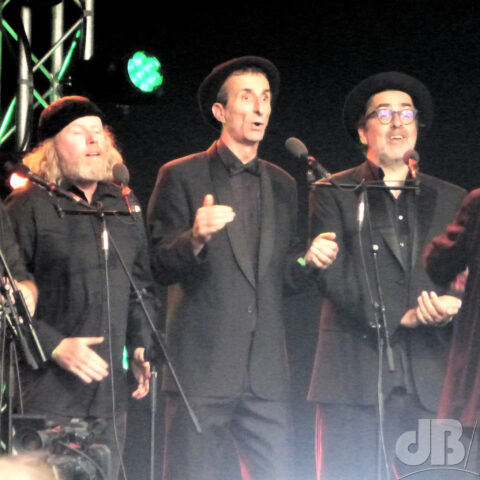


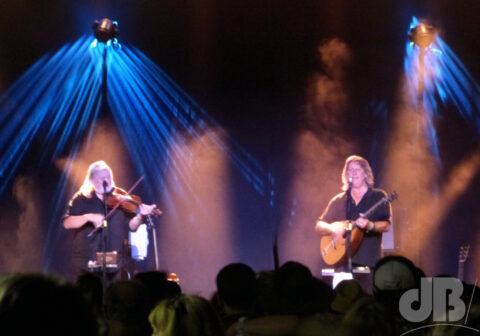
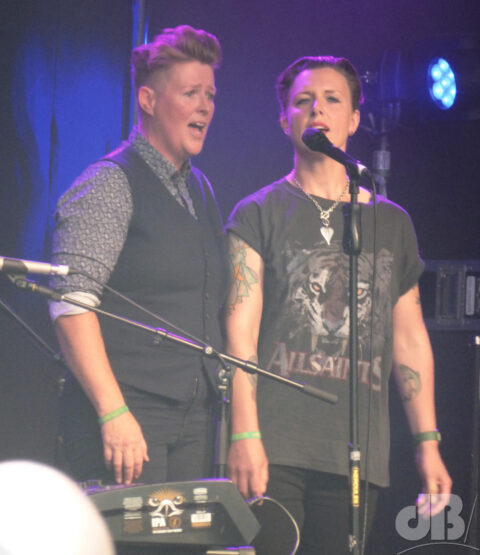


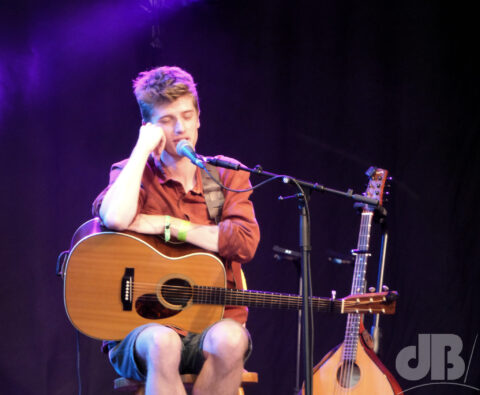

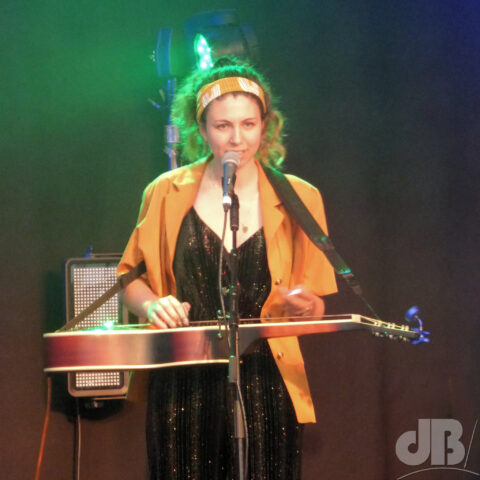

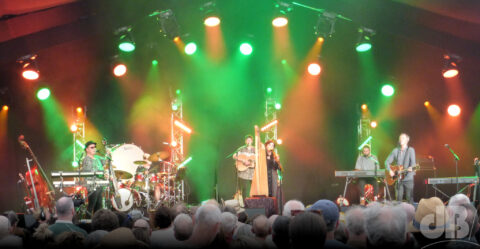


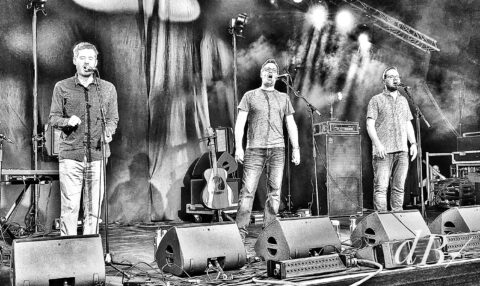
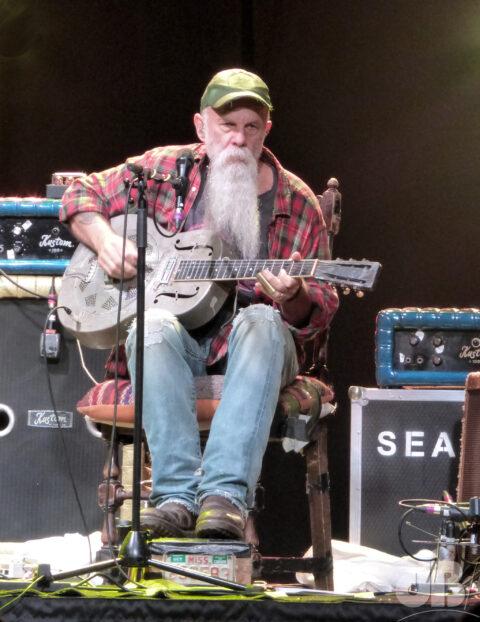

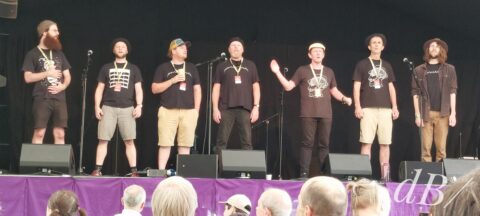
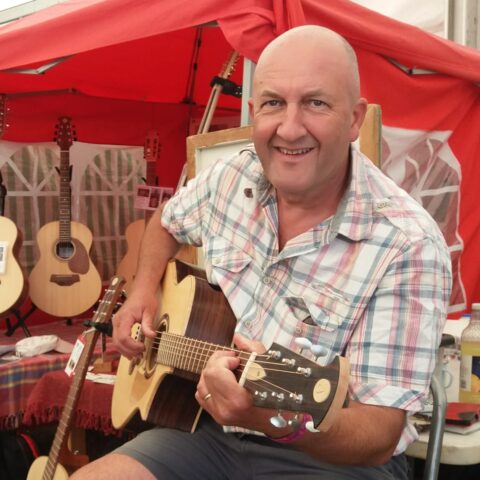

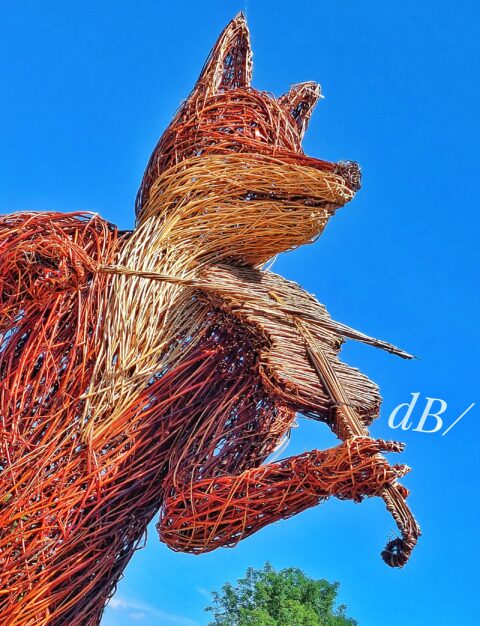

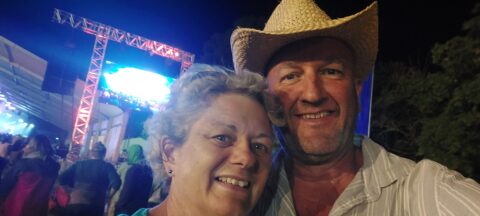
I took most of the photos on pocket Lumix camera (a DMC-TZ35). Those with no logo or with an angled dB/ logo I snapped with my phone camera and processed in SnapSeed. The photo of yours truly taken by Mrs Sciencebase with her phone.
TL:DR – You can keep up with more of my nature-oriented photos and other images on the Sciencebase Instagram.
Photos are mostly taken on a Canon 7D mark ii with either a Sigma 150-600mm for the bird shots and a Tamron 90mm 1:1 for the macro shots of moths and butterflies. Older photos would have been taken on a Canon 6D with those and other lenses and older still on various compact digital cameras, Lumix, Canon, Nikon. Occasionally phone photos. As of February 2021, 600 followers. 730 followers as of the end of July 2022. 780 followers as of March 2023.
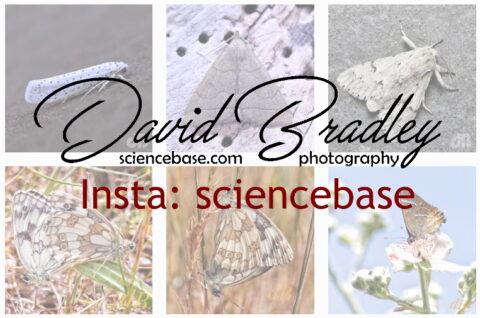
I asked ChatGPT to write me a marketing blurb to try and persuade you to follow me on Instagram. Do you feel persuaded?
Attention all nature lovers! Are you looking for an Instagram account that will transport you to the beauty of the natural world? Then look no further! The Sciencebase Instagram page is the perfect place for you. Creator, David Bradley, specializes in capturing the intricate details of moths and butterflies, the majesty and beauty of birds, and serene landscapes in a special style he likes to call “smallscapes”. You could say, every photo is a masterpiece that will hopefully leave you feeling awestruck and inspired.
Not only will you be able to enjoy stunning imagery, but you’ll also learn fascinating facts about each species featured. The Sciencebase Insta is perfect for those who are passionate about nature and want to deepen their knowledge of the world around us. Plus, if you’re someone who is interested in photography, you’ll love seeing the creative ways David captures these natural wonders.
So what are you waiting for? Follow Sciencebase on Instagram and let’s embark on a journey through the incredible beauty of the natural world together!
Another flying visit to Manchester and a few phone photos to which I gave a bit of an over-the-top Snapseed treatment. Snapseed is a powerful and popular photo editing application available for free on Android and iOS devices. The app offers a wide range of features and tools that allow users to style their photos creatively.










On 17th March 2023, I thought I’d ask ChatGPT to act as a travel adviser and tell me a bit about Manchester, the sights and sounds, as it were:
Known for its rich industrial heritage and vibrant music scene, Manchester is a thriving city in the northwest of England that offers visitors a wealth of cultural attractions, entertainment options, and natural beauty.
The Manchester Museum: This museum is located on the campus of the University of Manchester and has a collection of more than four million objects ranging from ancient fossils to contemporary art.
The Manchester Art Gallery: The gallery has a vast collection of paintings, sculptures, and decorative arts. You can find works by famous artists such as Pre-Raphaelites and Turner.
The John Rylands Library: This library was founded in the 19th century and is famous for its collection of rare books and manuscripts, including the oldest known fragment of the New Testament.
Old Trafford: Home of Manchester United Football Club, Old Trafford is a must-visit for football enthusiasts. You can take a tour of the stadium and learn about the history of the club.
The Northern Quarter: This is a trendy area of Manchester known for its independent shops, cafes, bars, and restaurants. You can explore the vibrant street art, vintage stores, and eclectic eateries.
The Science and Industry Museum: This museum showcases Manchester’s industrial past and has exhibitions on steam engines, textiles, and the birth of computing.
The Whitworth Art Gallery: This gallery has a collection of over 60,000 works of art, including textiles, wallpapers.
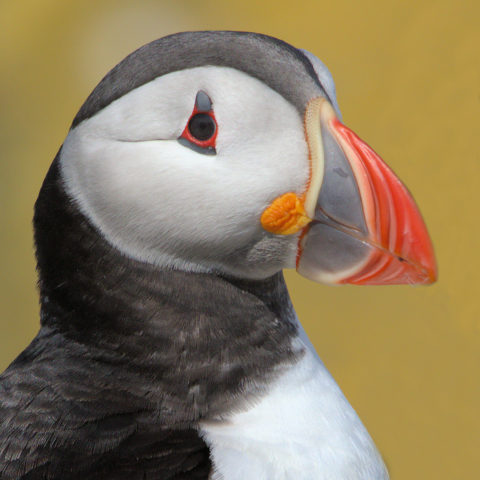
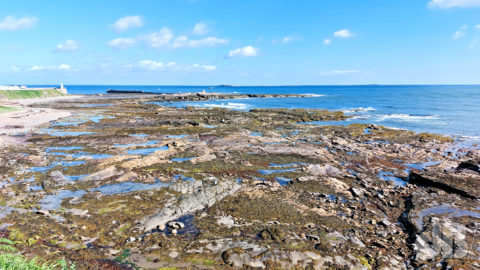
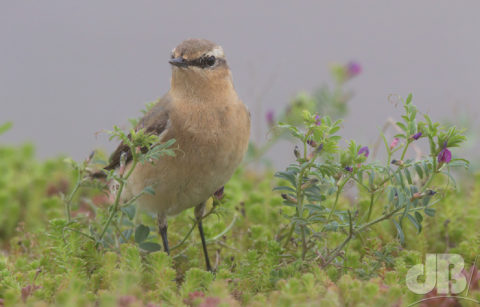
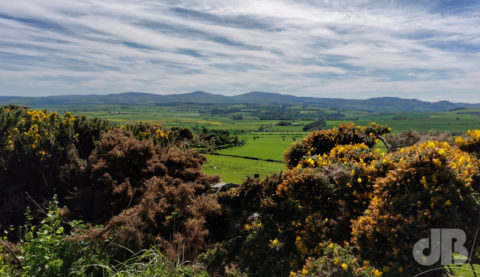
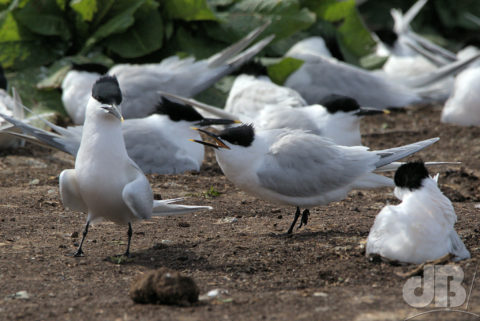
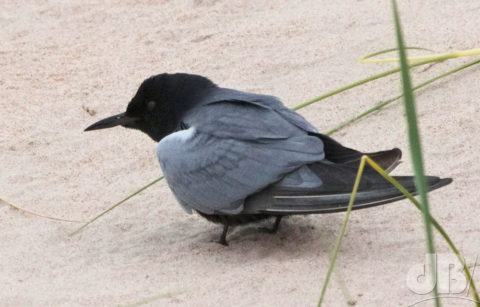
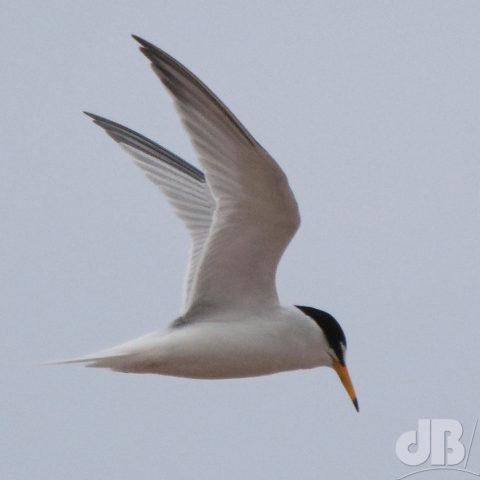
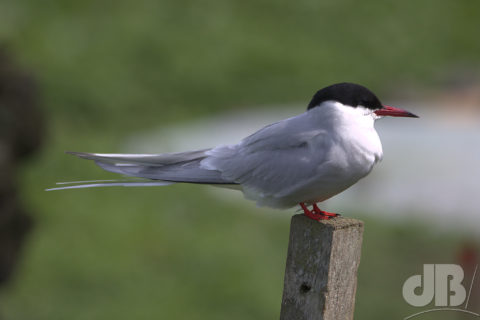
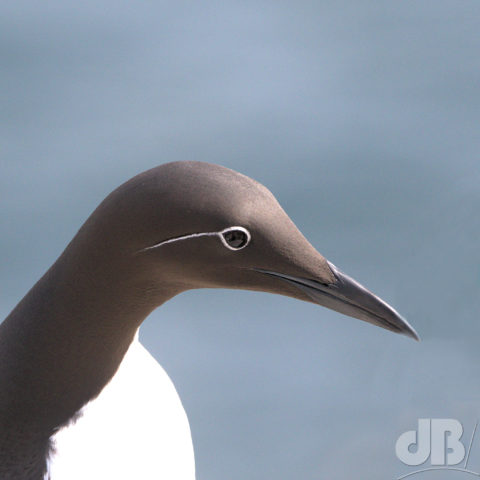
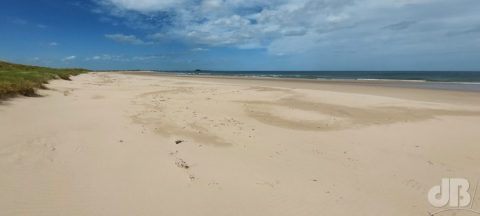
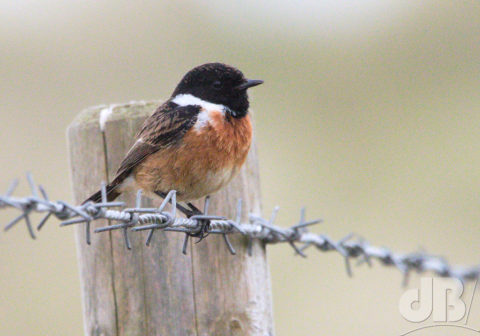
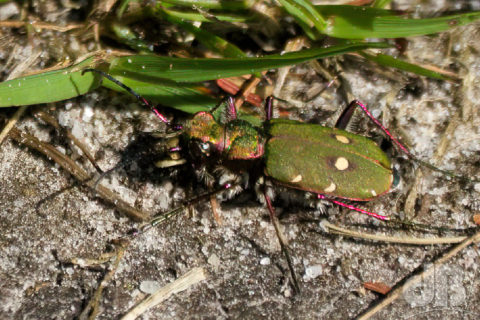
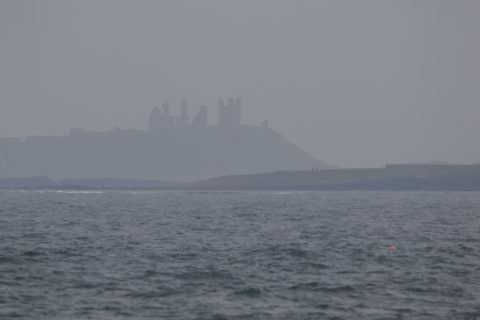
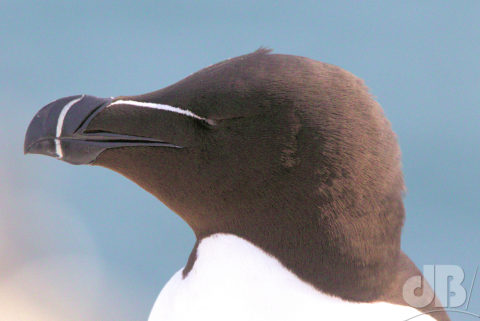
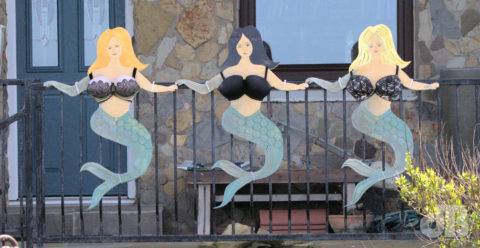

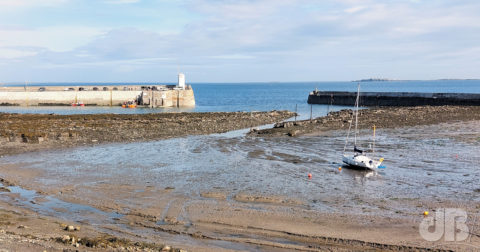
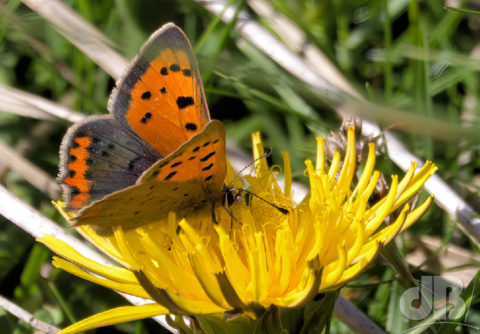
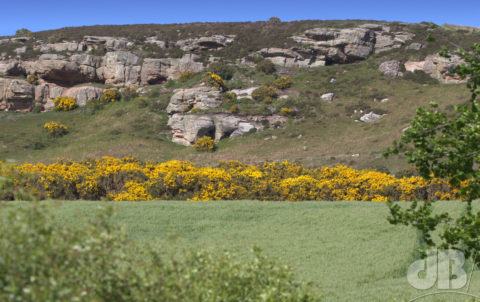
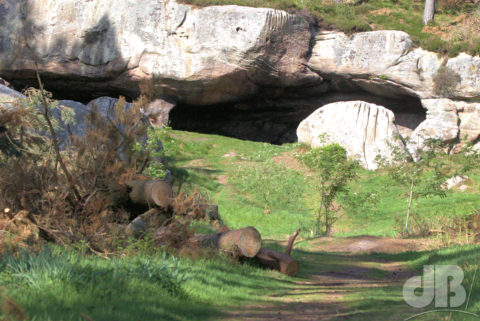

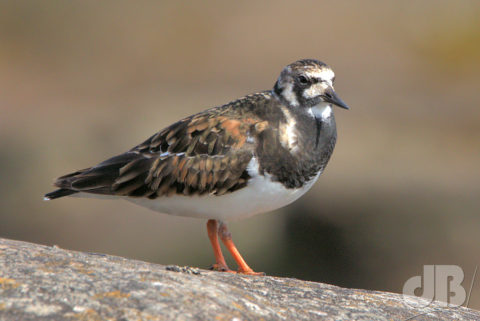
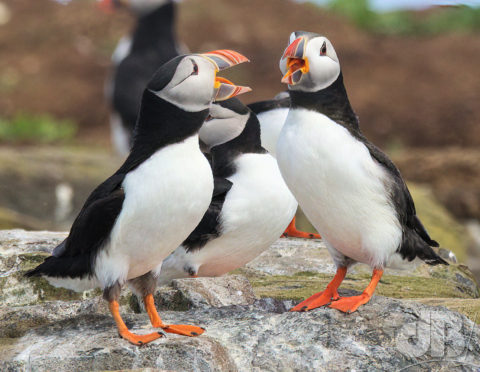
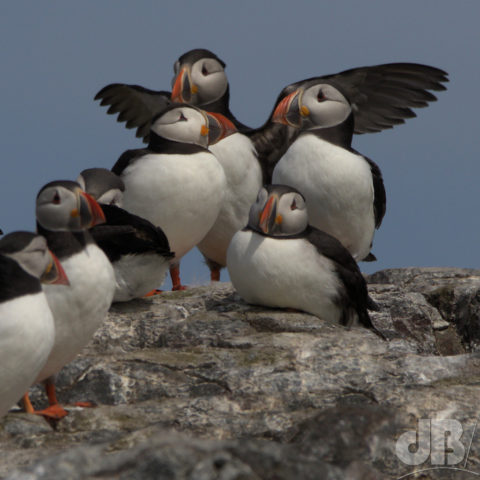
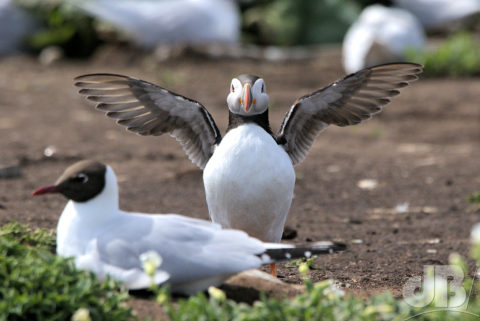
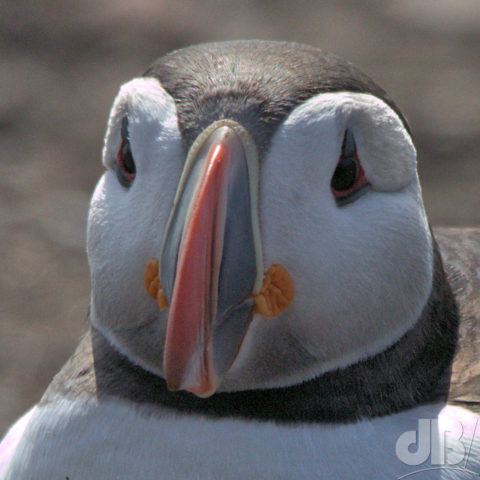
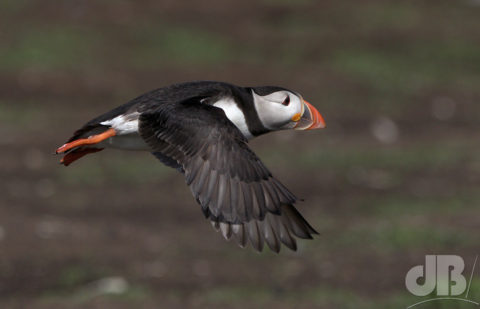
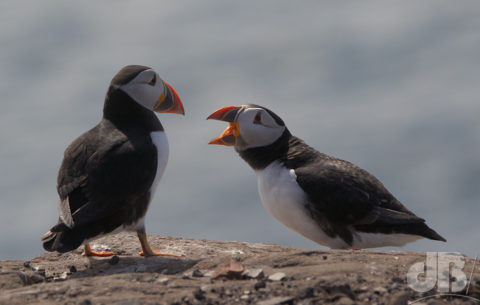
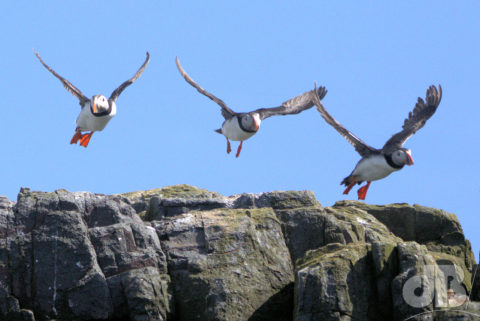
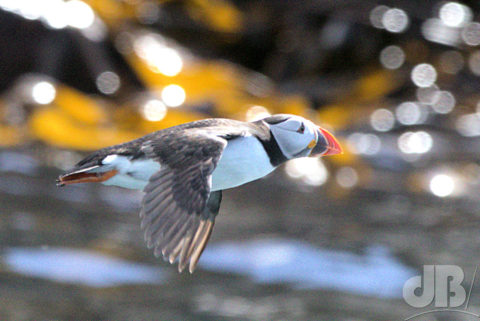
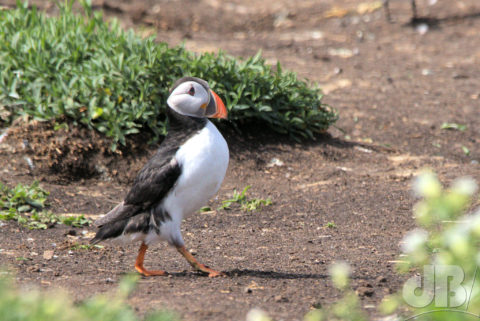
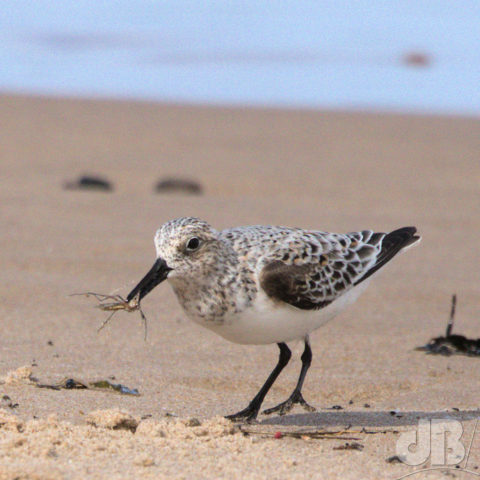
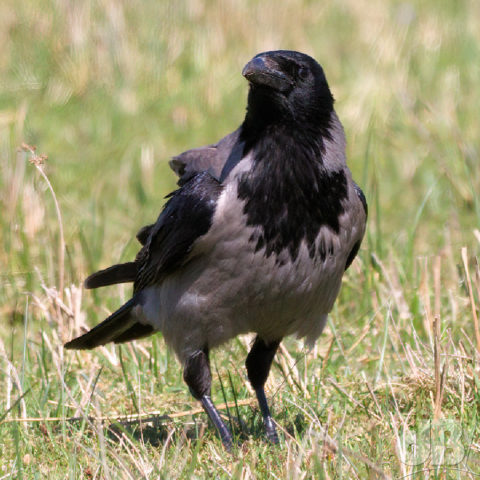
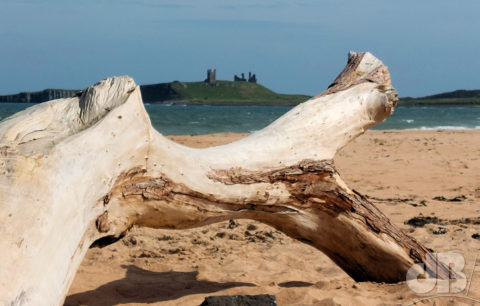
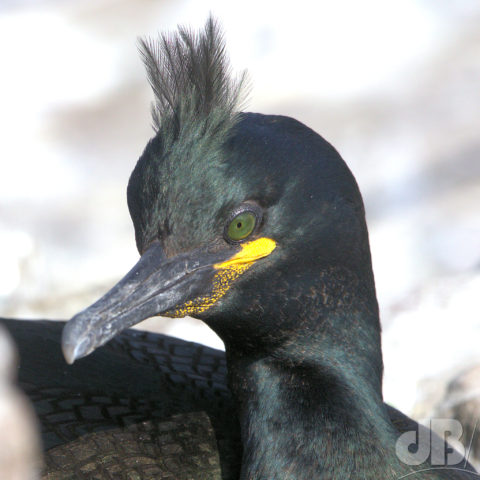
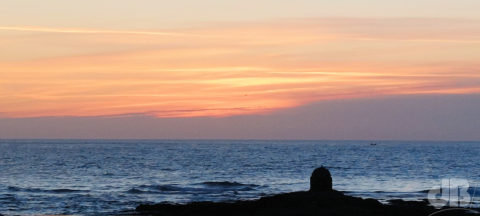
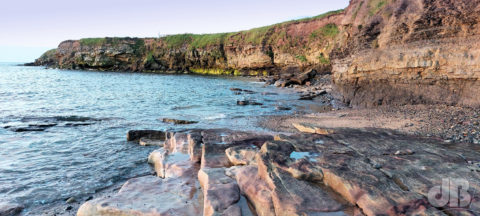
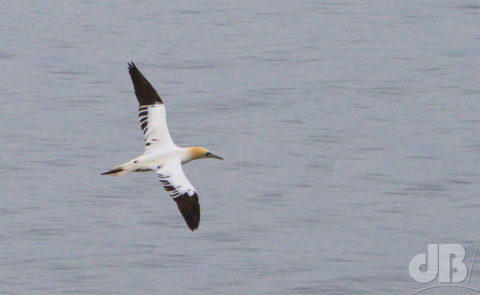
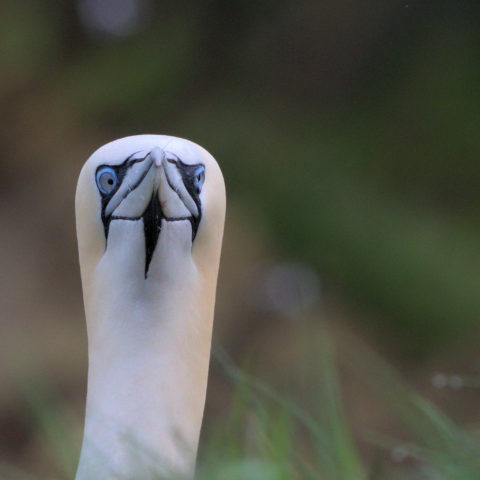
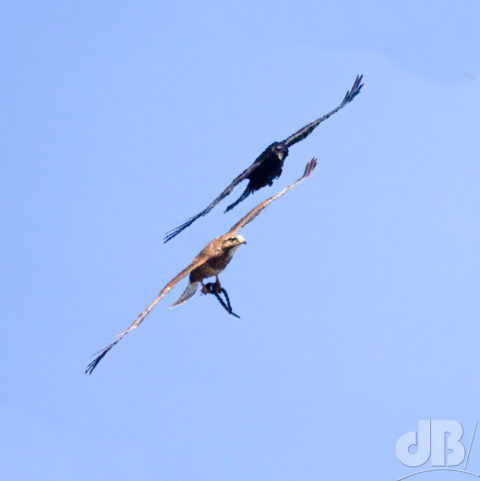
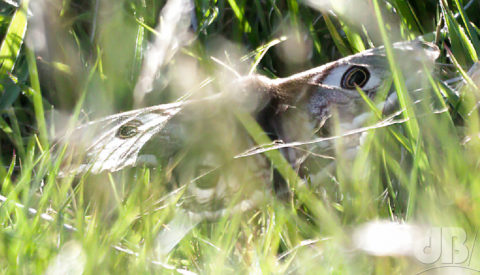
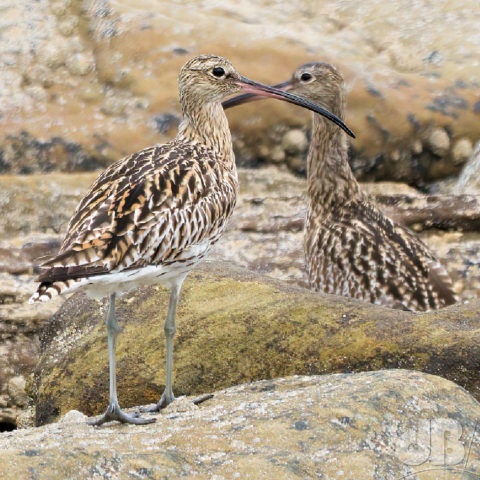
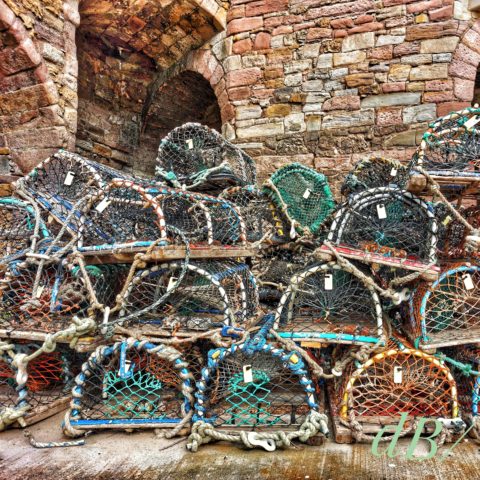
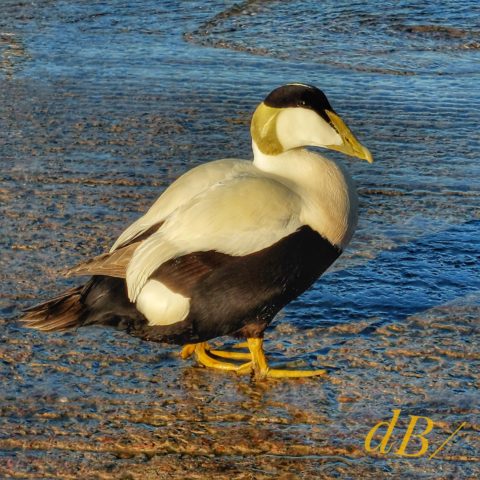
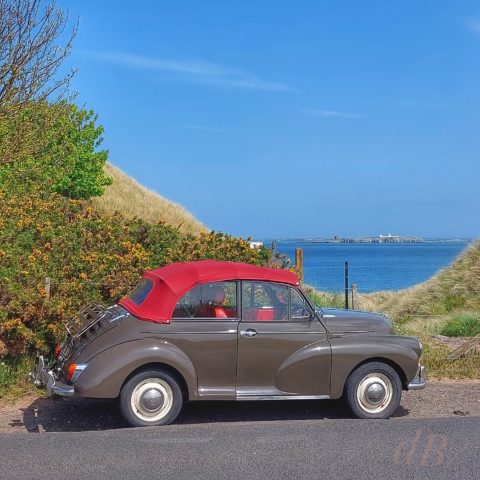
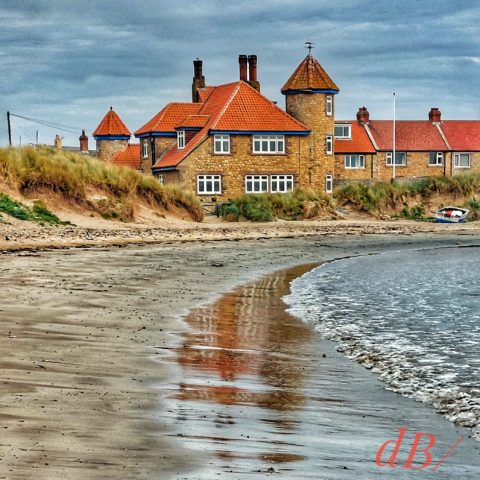
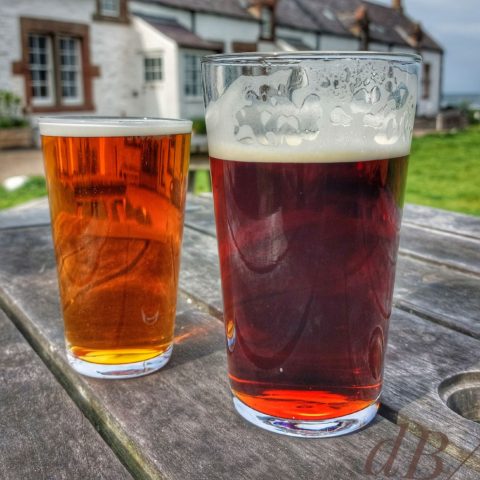
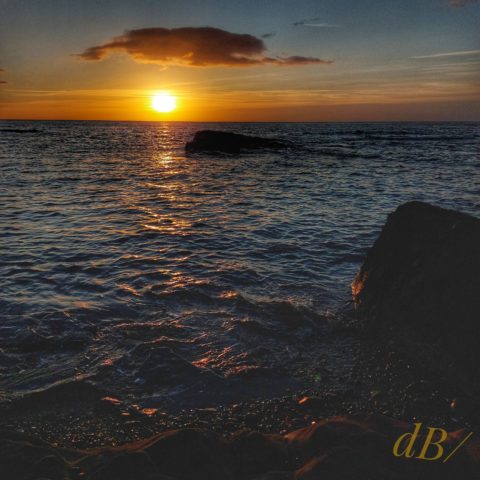
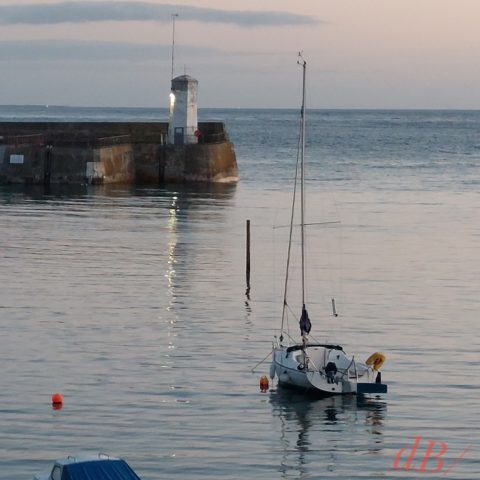
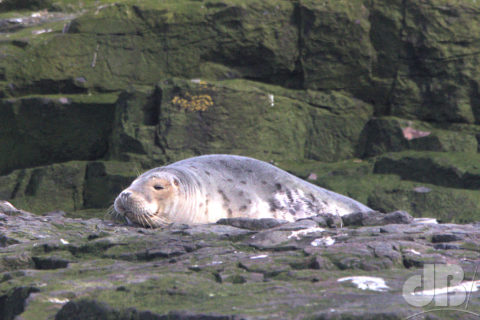
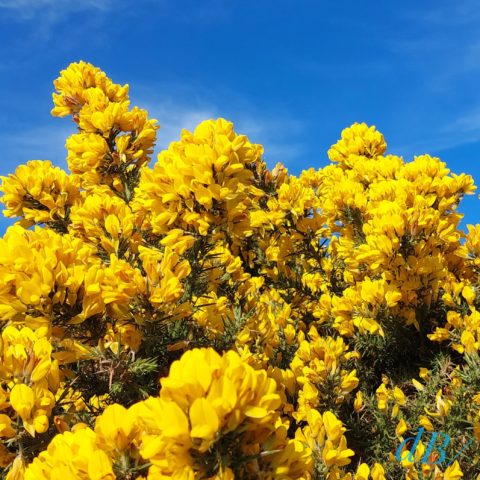
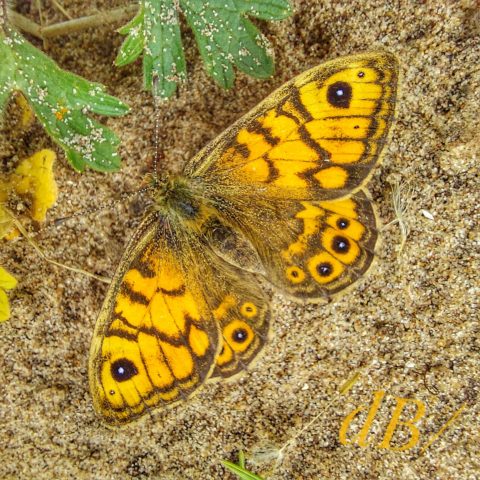
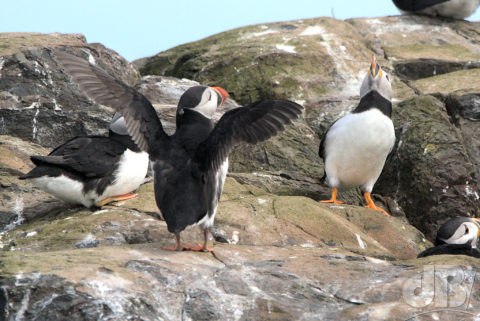
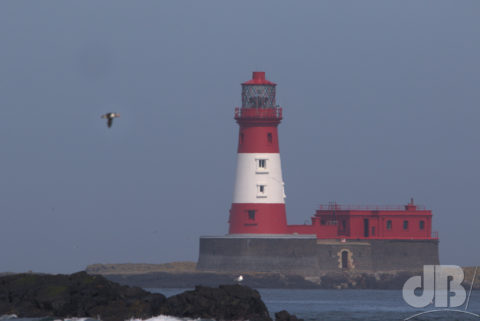
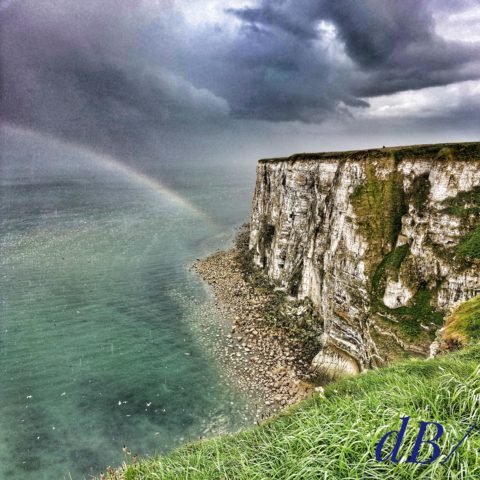
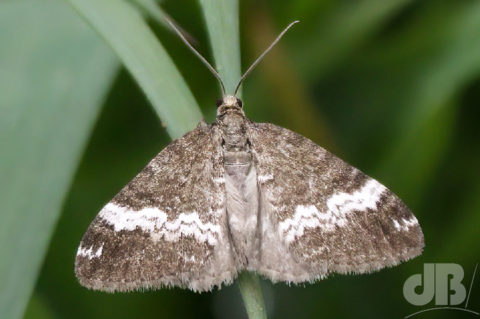
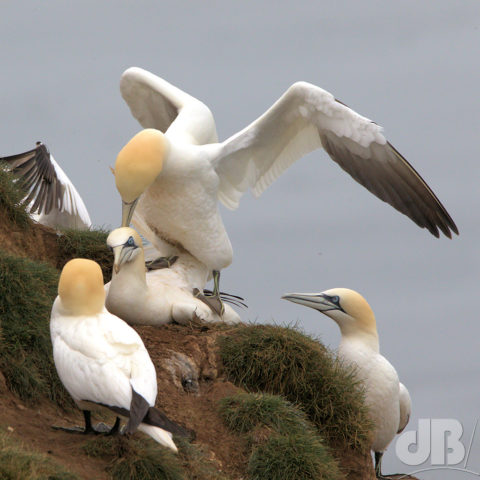
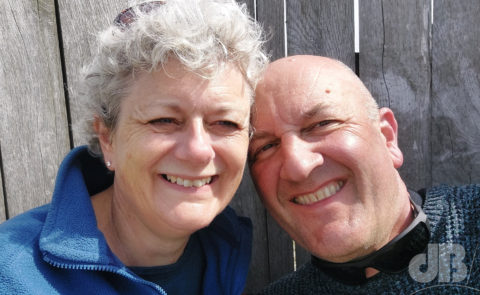
Full list of birds, Lepidoptera, and wild mammals can be found here.
Flying visit to my home county of Northumberland with a view to lots of walking, northern ales, and a spot of birdwatching.
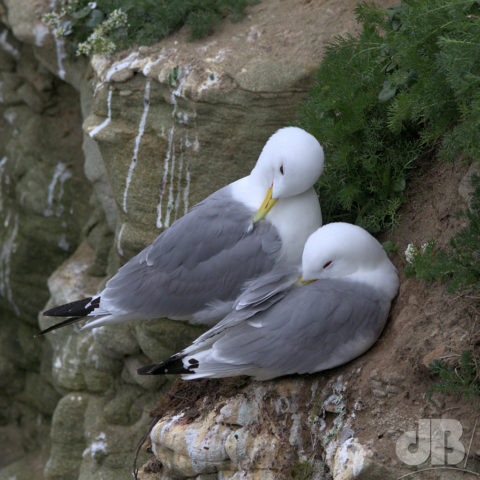
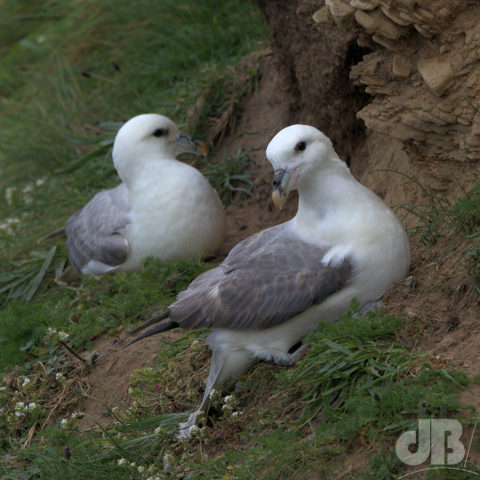
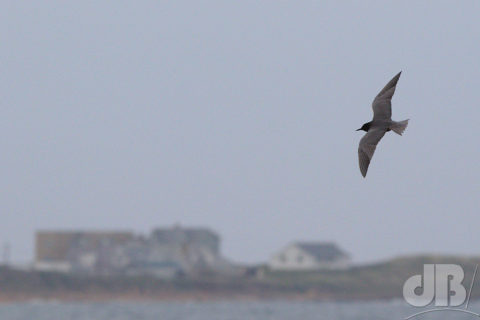
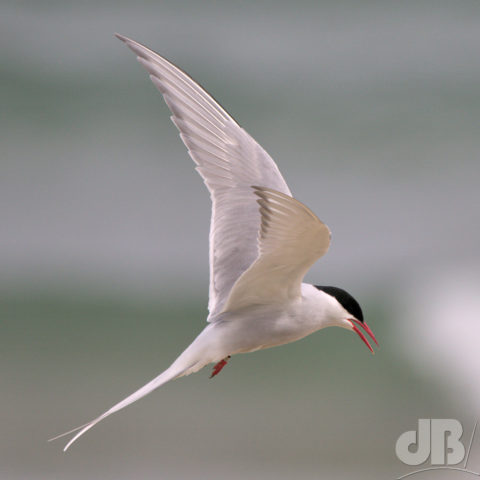
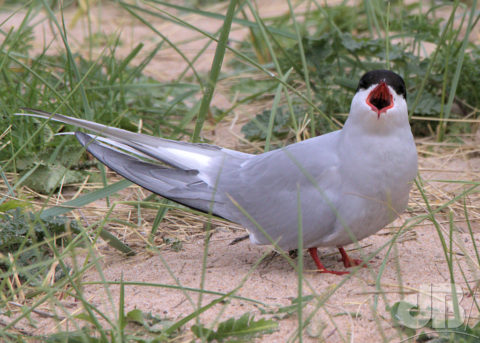
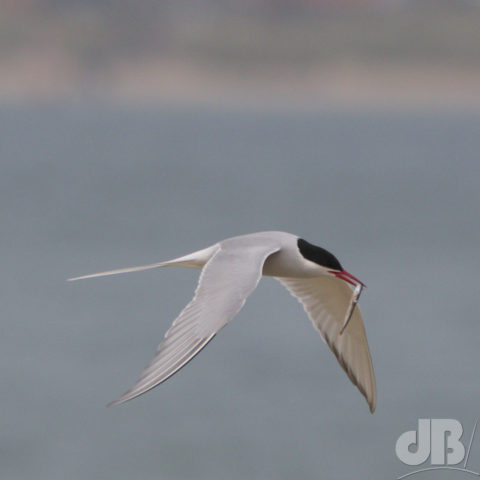
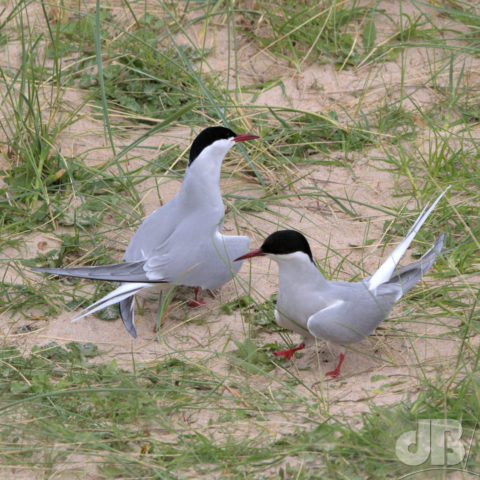
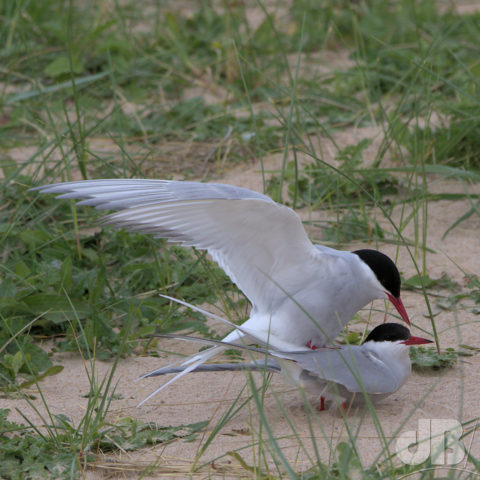
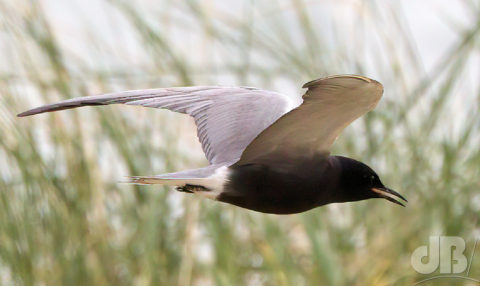
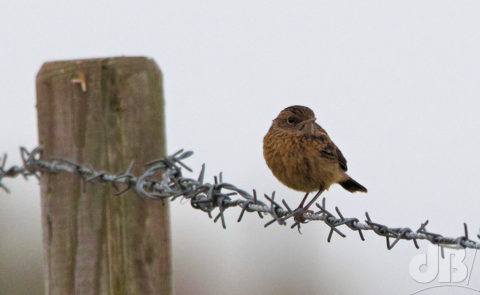
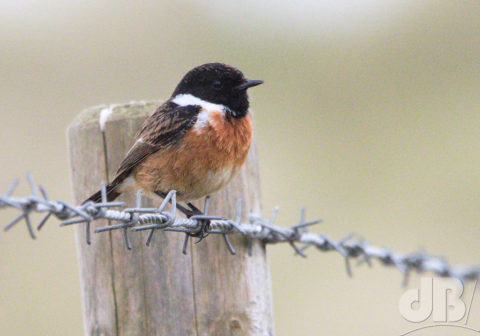
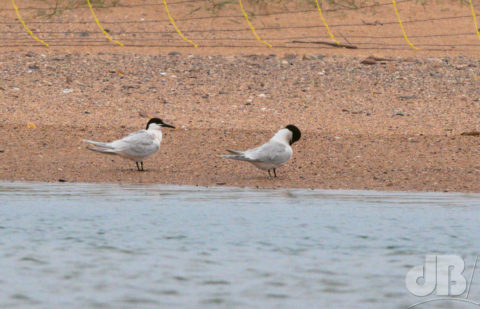
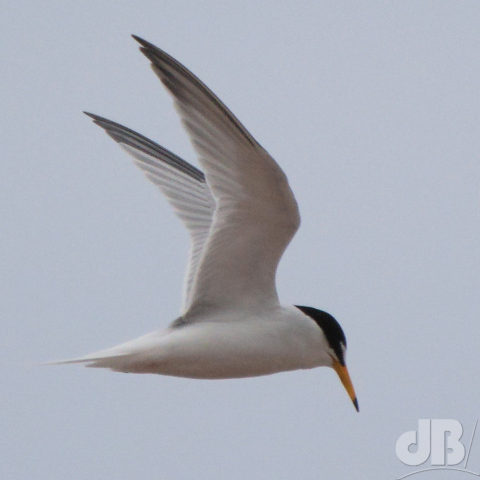
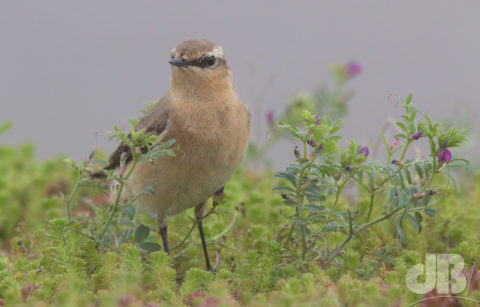
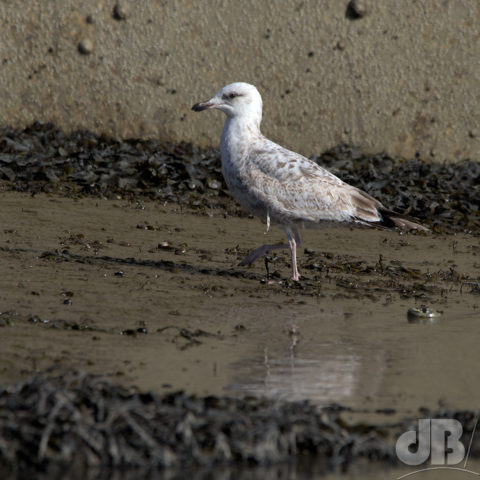
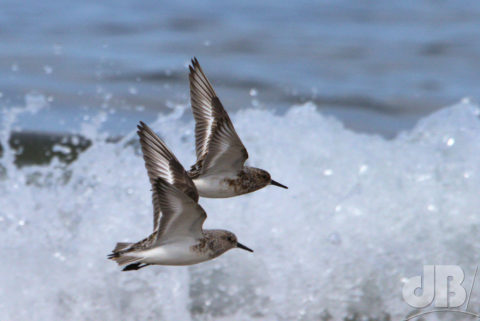
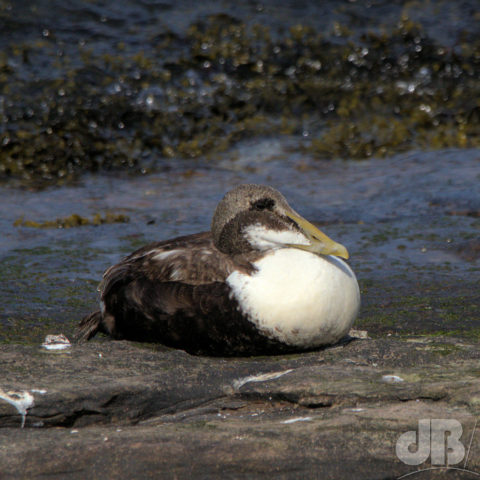
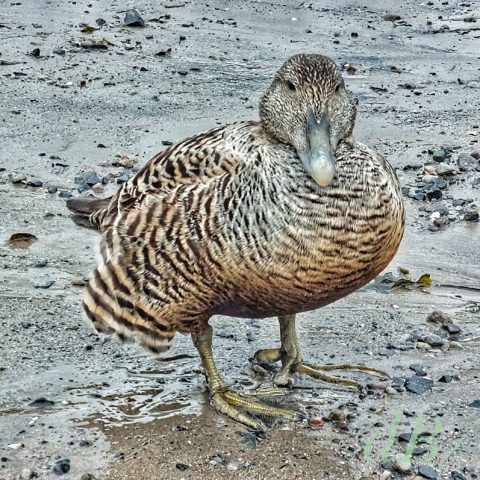
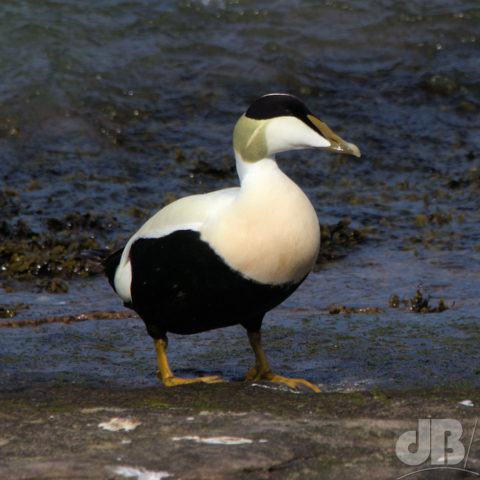
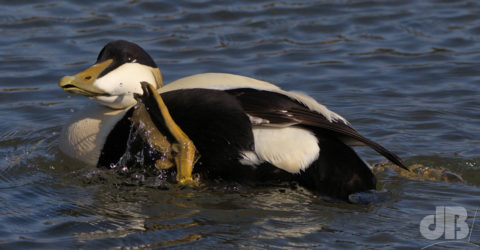
We have recorded 50 avian species in Northumberland in first part of 2022 trip, prior to our planned boat trips.
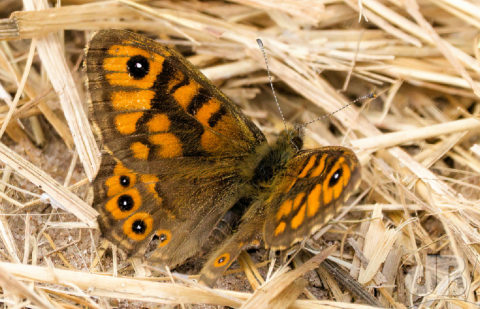
An adult (breeding plumage) American Black Tern, Chlidonias niger surinamensis has turned up at the tern sanctuary in Long Nanny Northumberland for the third season in a row.
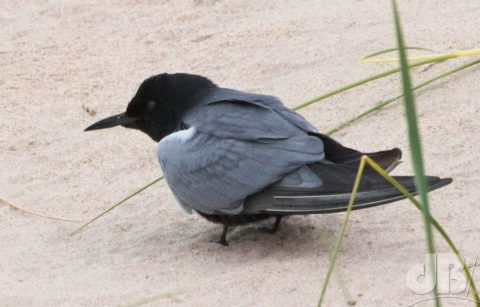
It’s been here for at least three or four days, at least a week earlier than last year and a couple of weeks earlier than 2020. It will probably depart the land in July again. It’s not likely to find a mate among the 800+ Arctic Terns that are present on the dunes right now. Nor their neighbours on the sand, Common Terns, Little Terns, Sandwich Terns.

The bird would normally be seen migrating to South American coasts in the northern winter and returning to Canada and the northern USA in the spring to find a mate. At some point, this bird has most likely been far north in the Americas and got caught on a Westerly wind that’s driven it towards Scandinavia and it presumably took a turn south before reaching that part of the world and has found a likely patch on the Northumberland coast that resembles its usual North American breeding grounds. Juvenile C. n. surinamensis have been reported in the UK previously, but this individual is the first adult of the species “ticked” here.
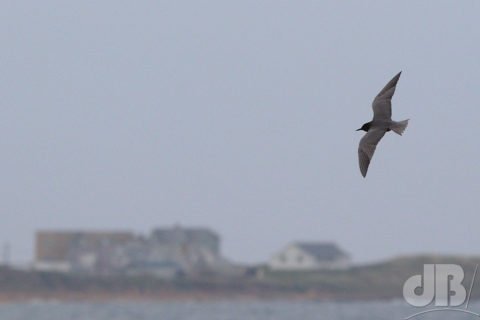
We walked five miles from Seahouses to the tern sanctuary in Long Nanny in the hope of seeing terns and having heard this species might be visible.
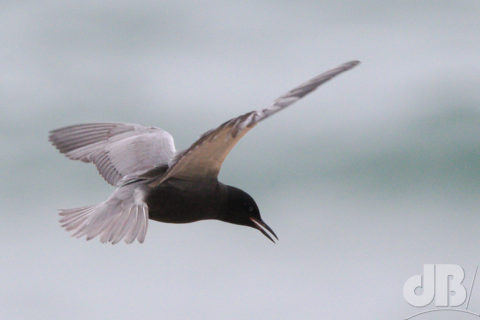
It had departed just minutes before we arrived at the site and were just about to leave after two hours of waiting when it suddenly reappeared, almost within minutes of the high tide beginning its flow. It was dull so did my best with low light and high ISO on the camera.
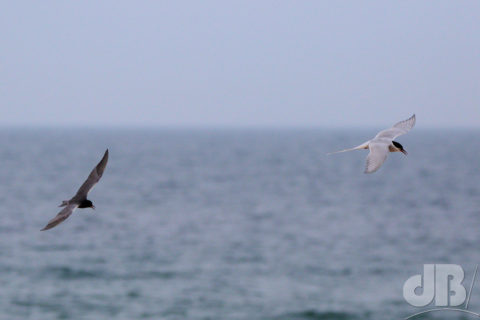
We discovered Overhall Grove woodland many years ago through a book of woodland walks given to us by the aunt and uncle of Mrs Sciencebase. It’s a small nature reserve, mature woodland, lots of Bluebells and Oxlips in spring, various butterflies too, including White-letter Hairstreak, which I mentioned here in the summer of 2021. Anyway, a visit today was mainly for the Bluebells, the walk, and the fresh air.
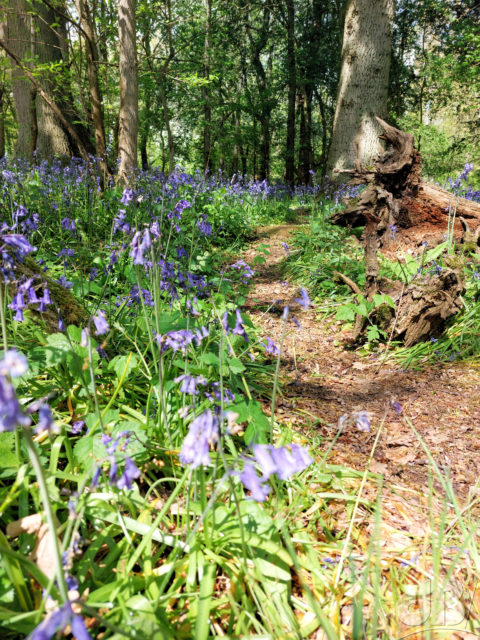
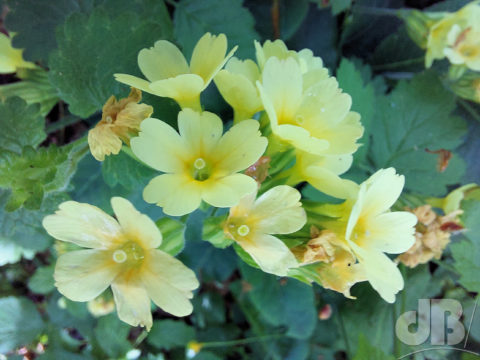
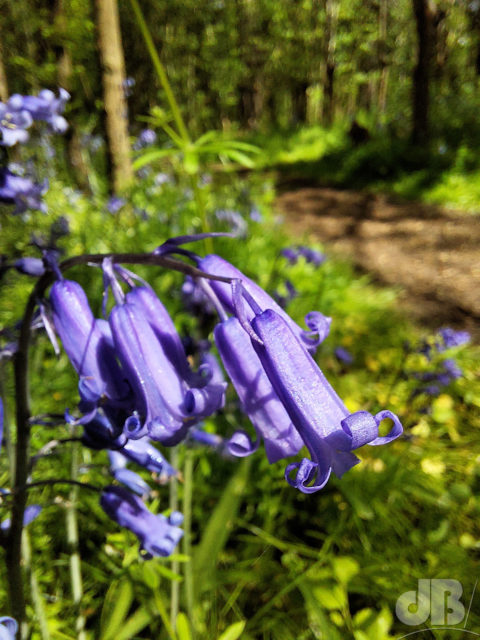
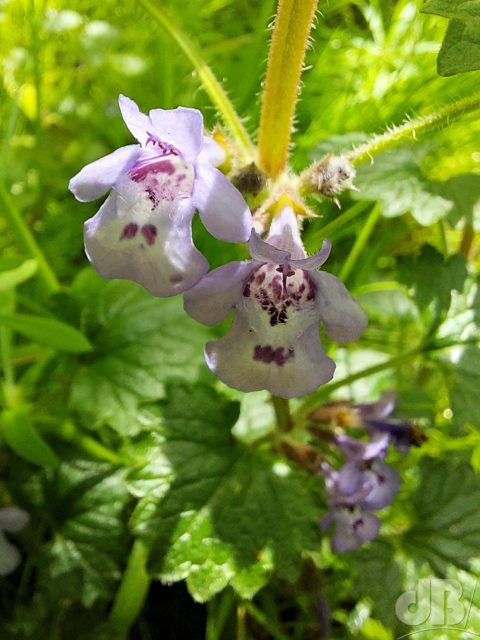
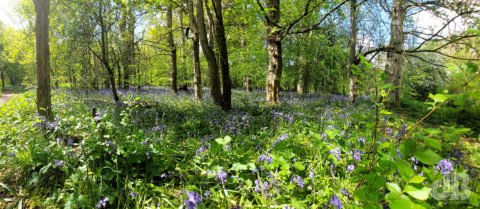
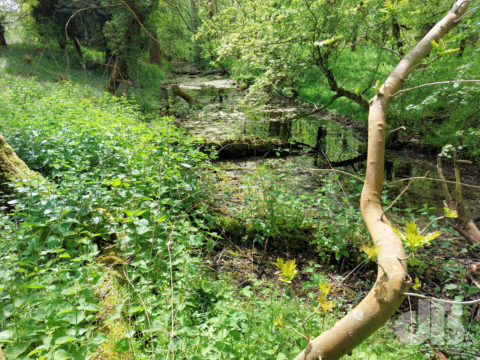
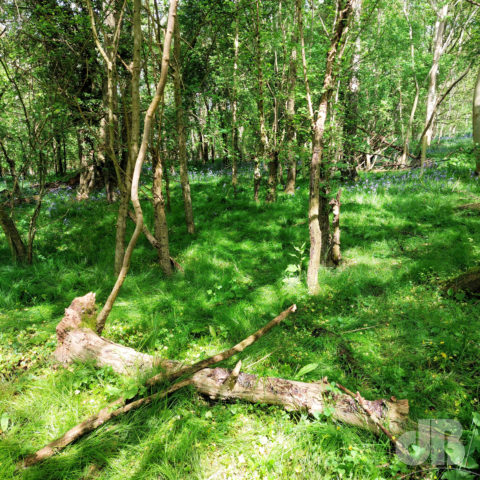
What if famously mono, celebrity photographer David Bailey had opted for moths over models?
This is a Spruce Carpet, so-called because its larvae like spruce trees and its patterning reminded the 18th-century naturalists of the beautiful patterns of carpets (fairly novel and a grand status symbol at the time).
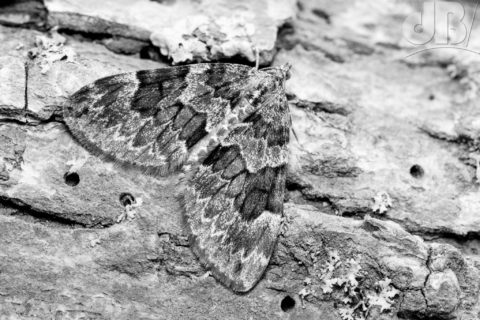
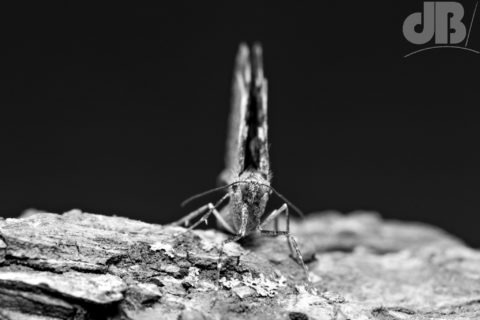
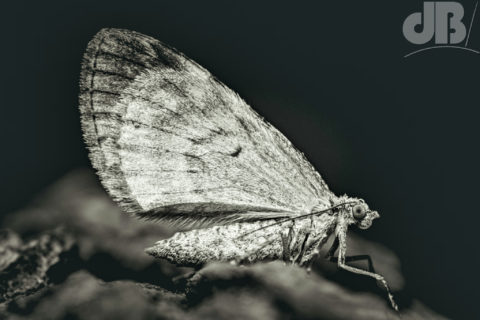
David Bailey is a well-known British photographer who gained fame in the 1960s for his iconic portraits of celebrities and models. He was born in 1938 in Leytonstone, London. He left school at the age of 15 and worked as a freelance photographer for various publications before being hired by British Vogue in 1960.
Bailey’s style was characterized by his use of high-contrast black and white photography and his ability to capture his subjects’ personalities in a candid and intimate way. His subjects included many of the most famous people of the era, such as The Beatles, Mick Jagger, The Kray Twins, Andy Warhol, and Catherine Deneuve.
In addition to his work for Vogue, Bailey also worked for other publications such as The Sunday Times, The Telegraph, and The Face. He also became known for his work in advertising, shooting campaigns for brands such as Burberry, Sony, and Jean Paul Gaultier.
Bailey’s personal life has been marked by a series of high-profile relationships. He was married to the actress Catherine Deneuve for a short time in the 1960s, and later married the model Marie Helvin. He has also been linked romantically to many other famous women, including Penelope Tree and Jean Shrimpton.
Throughout his career, Bailey has received numerous awards and honours for his work, including being made a Commander of the Order of the British Empire, CBE, in 2001. He continues to work as a photographer today and has also directed several films and documentaries.
Overall, David Bailey is considered one of the most important photographers of the 20th century, and his iconic images continue to be admired and emulated by photographers around the world.